Famous Textiles From Different States
If there is a country that defines opulence with its textile heritage, it is India. Each state of India has its own weave, that carries the culture and stories of that region, and which has earned world renown for its beauty. In this article, let us go through some of the most famous textiles originating from the different states of India and the indelible mark they have made on the aesthetic landscape of our country.
1.Banarasi Silk (Uttar Pradesh)
One of the most famous and coveted garments in India, the Banarasi silk sarees are a mesmerising sight whose association with royalty has been running strong for generations. The intricate brocade pattern etched with the finest zari are the hallmark of these sarees have long since set a standard for Indian craftsmanship.
2.Kanchipuram Silk (Tamil Nadu)
Kanchipuram silk sarees share the crown with Banarasi silk, when it comes to being a prized possession in the wardrobe of an Indian woman. Crafted with pure mulberry silk, these sarees feature elaborate motifs depicting regal temple architecture, human figurines, along with various folksy aspects drawn from the rich cultural landscape of the country. Textile connoisseurs cherish the Kanchipuram silk for its exquisite zari embroidery and inherent glow, that is capable of elevating any occasion with its stunning presence.
3.Paithani Silk (Maharashtra)
Originating from the state of Maharashtra, the Paithani silk holds a special place in the hearts of saree lovers. The intricate metallic zari work set against the vibrant hues, have defined regality for decades.
These sarees were originally made with threads of pure gold that were mixed with a base of cotton or silk. This made them famous not just in India but in Greece and Rome, where they were taken by the travellers and adorned by the rulers.
In the present day, cotton is no longer used in Paithani sarees. But these continue to be a valuable asset in the Indian textile industry landscape.
4.Patola (Gujarat)
One of the most unique sarees coming from our textile rich landscape, the Patola is a labour-intensive double ikat weave that enchants with its richness and grace like few others manage to.
The legend of the Patola sarees goes that a king brought 700 weavers to the state of Maharashtra, so that he would be able to wear a new Patola garment every day, while offering his morning prayers. Myth or fact, the love and devotion that these sarees inspire remains incomparable.
5.Jamdani Silk (West Bengal)
The Jamdani sarees, a fine muslin textile, is an embodiment of the rich heritage of West Bengal. This fabric dates back centuries and has found mention in the records of travellers from various other countries. It is known as the “most artistic textile” of Bangladesh and is made distinctive with its use of floral, plant and geometric motifs.
The production of the fabric is a time-consuming process, which is why this was previously reserved for aristocracy who could afford such luxury. In the present day, the Jamdani sarees continue to be loved far and wide for their beauty and grace, with the demand for them having increased greatly in the previous years.
6.Phulkari (Punjab)
“Phulkari” translates to floral work, but over time, has come to include a wide range of motifs, patterns and shapes.
One of the most recognisable textile art forms of India, the Phulkari saree is an auspicious garment, that signifies the happiness of a family upon the birth of a girl. The embroidery has long been a testament to the skill and expertise of the women of Punjab and its beauty is an integral part of all celebrations, including weddings and festivals.
7.Pashmina (Jammu and Kashmir)
An undisputed mark of quality and luxury, the Pashmina weave is renowned for its softness, beauty and sheer versatility.
The skilled artisans of Jammu and Kashmir use techniques passed down from generations, to create these shawls whose timeless appeal gives them the status of prized family heirlooms.
These fabrics usually feature natural hues, set with detailed embroidery that adds to the fine appeal of the piece. A true luxury textile in every right, this is a mark of Kashmiri craftsmanship that defines refinement and elegance in a room.
8.Sambalpuri (Orissa)
The prized production of Orissa’s artistic sensibilities, the Sambalpuri sarees is an ikat weave and is famous for its traditional motifs that are tied to Orissa’s culture.
The most popular colour combination in a Sambalpuri saree is red, black, and white, which is also representative of Lord Jagannath.
The sarees first rose to fame due to our late Prime Minister, Indira Gandhi, who would be often spotted in them. Orissa is known for its textiles, as well as its masterful applique work, and the Sambalpuri is one of the crowning jewels of the state’s heritage.
9.Mangalgiri Silk (Andhra Pradesh)
Originating in Guntur, Andhra Pradesh, the Mangalgiri saree is an auspicious garment that is usually plain while featuring heavy zari work.
It is a centuries old production technique and is known for its tribal designs and bold colours. This fabric is gaining global acclaim and love for it has only grown with the years among the women of our country.
Conclusion
The above few examples are just a tiny glimpse of the many unique varieties of textiles in India. There is the Muga Silk from Assam, Bandhani from Gujarat, Chanderi from Madhya Pradesh and so on and so forth.
These fabrics are increasingly being adopted into modern silhouettes like gowns, dresses, anarkalis etc, as a perfect blend of tradition and modernity, to suit the spirit of every woman. One only needs to look around to understand that the best of beauty has been coming from the hands of our Indian craftsmen since times immemorial.

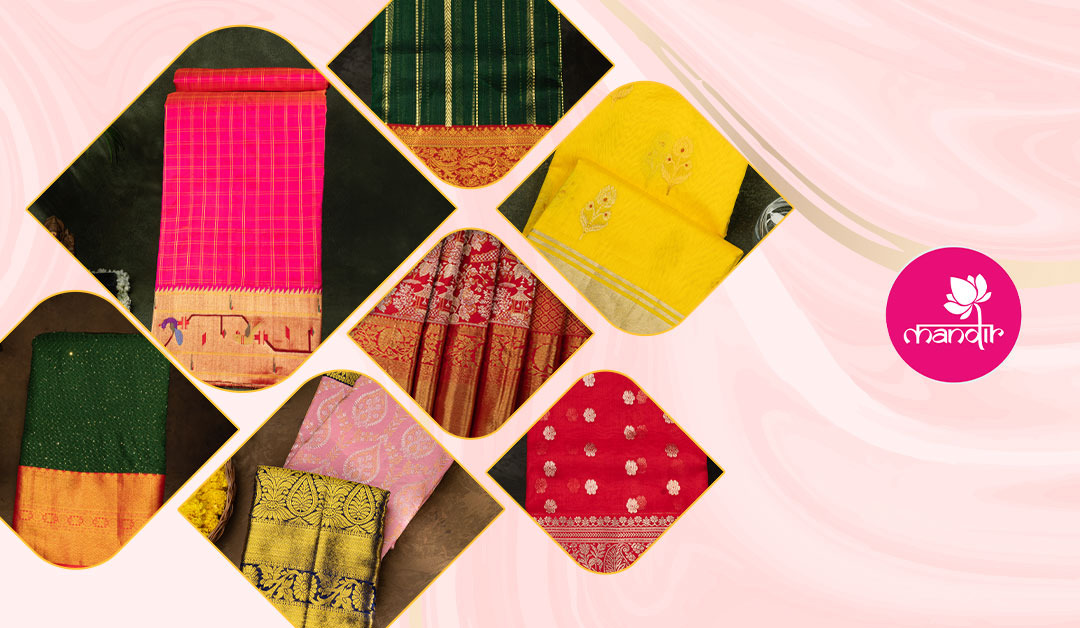
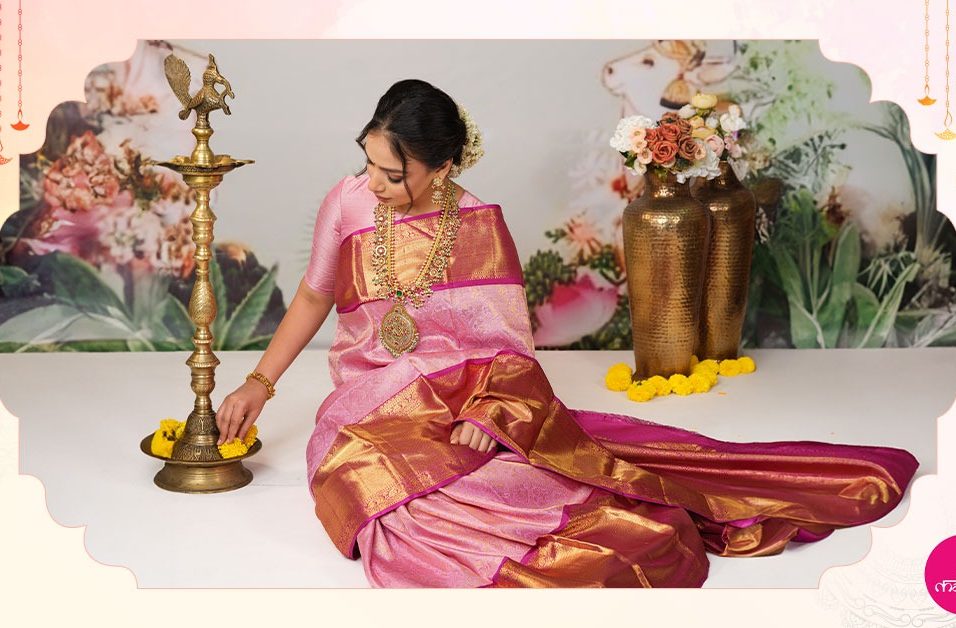
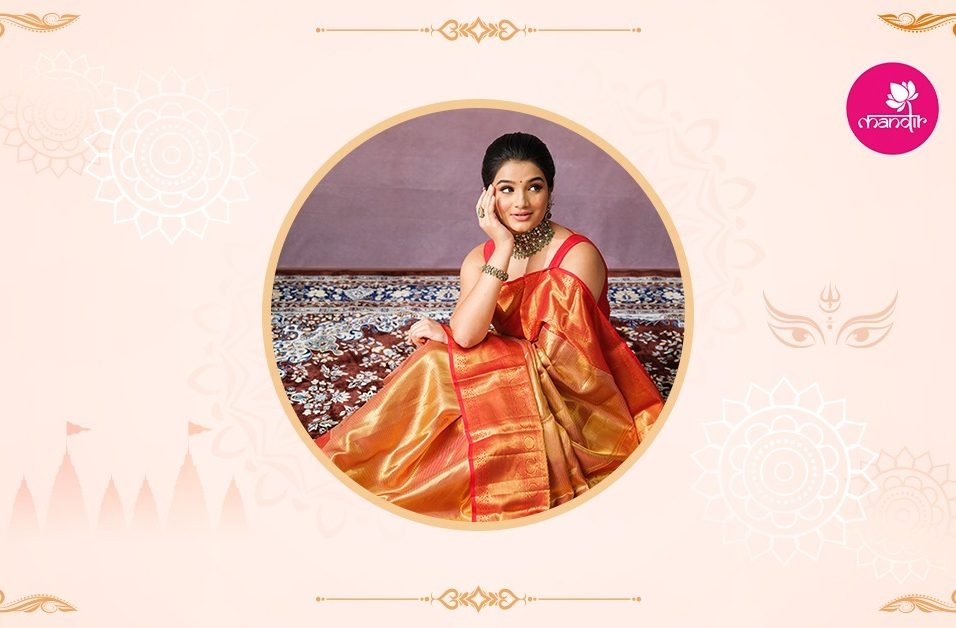
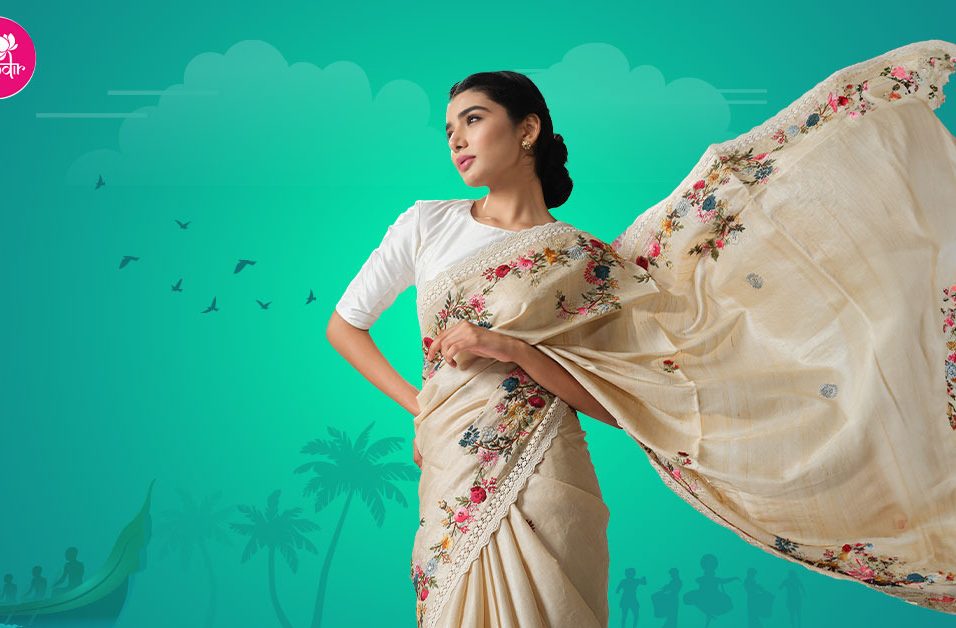
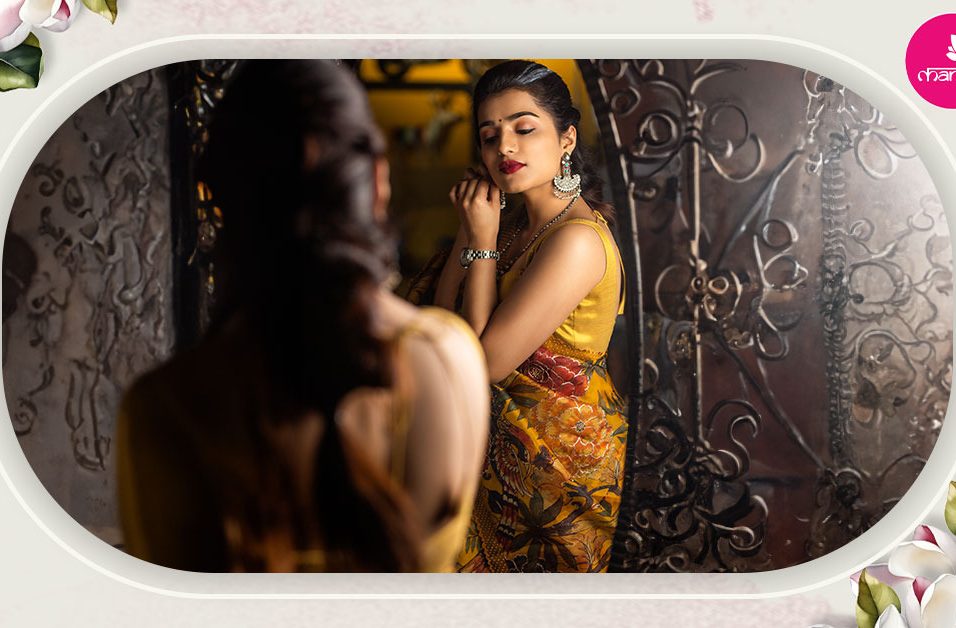
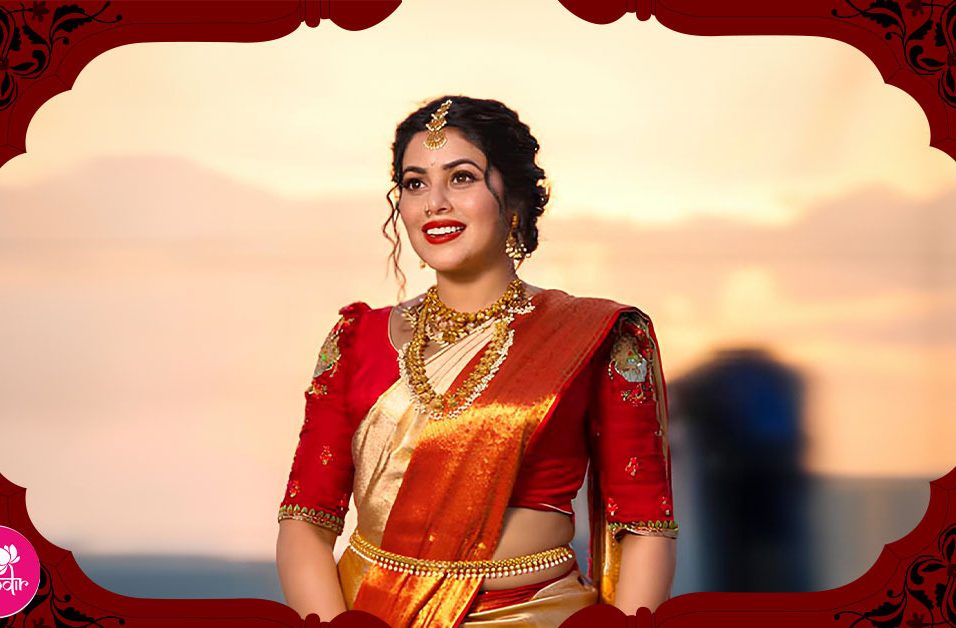
Leave feedback about this